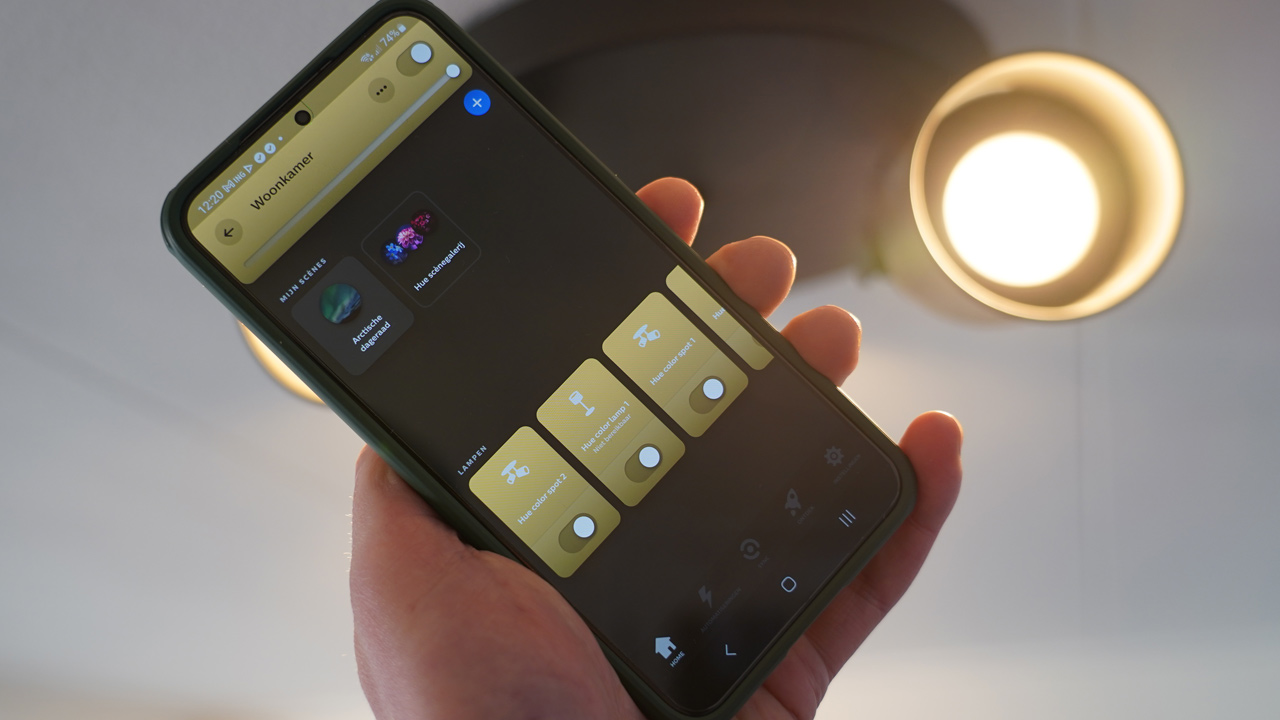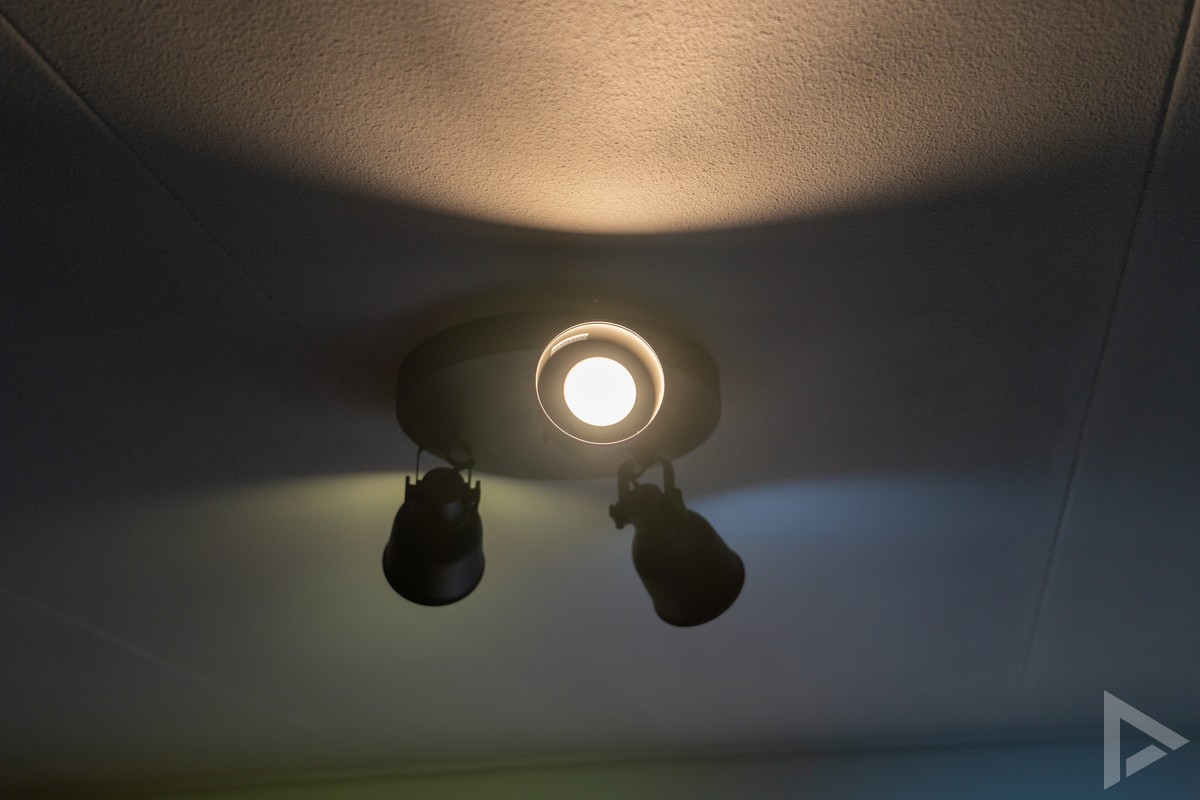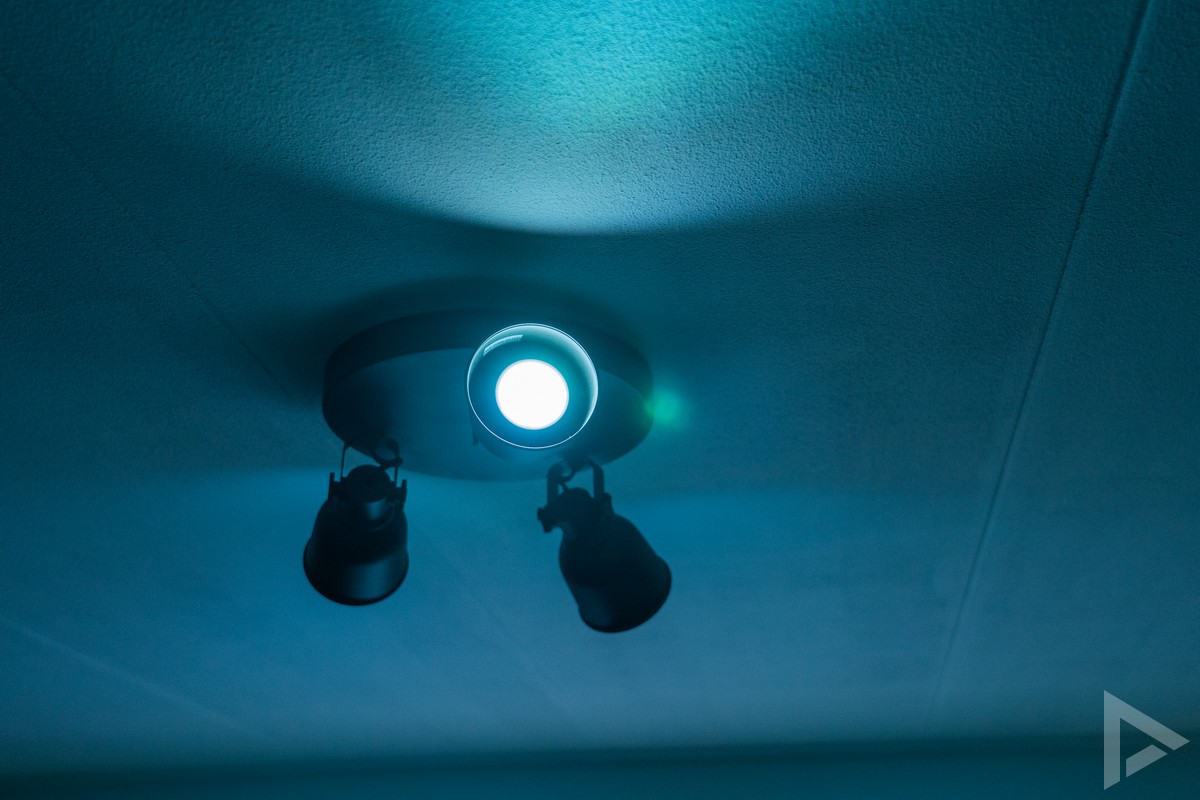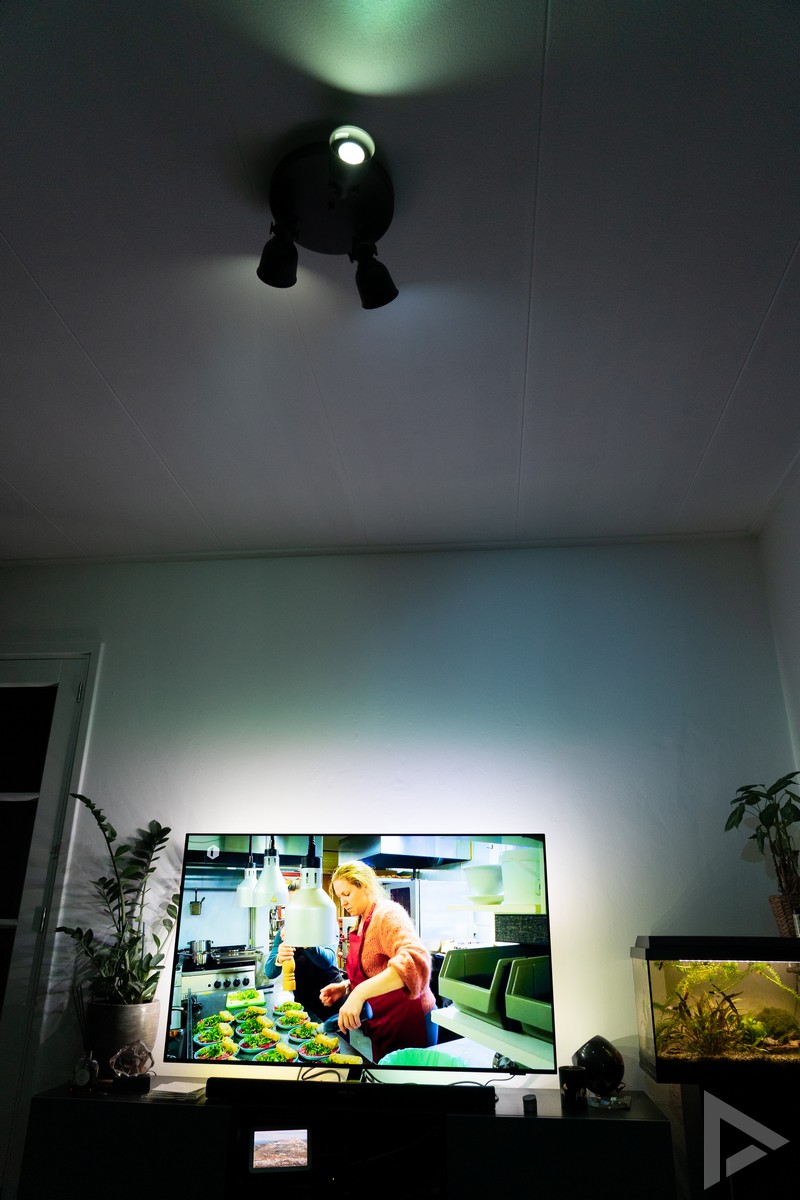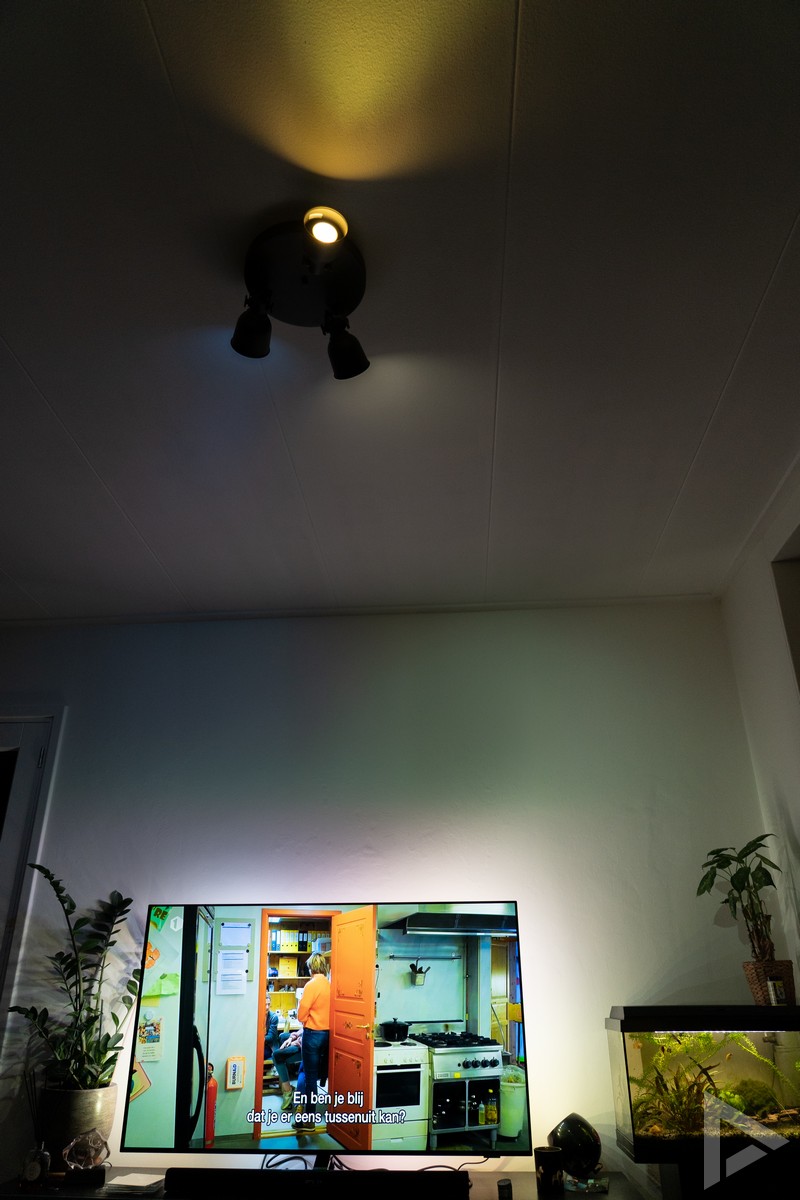smart lamps bring fantastic lighting to your home
When you think of smart lighting, chances are you immediately associate it with Philips Hue. Not very surprising, because the possibilities are extensive. And if you also have a Philips Ambilight television, it goes one step further. We tell you all about this in the Philips Hue review.
Contents
Philips Hue review
Where we previously published the Philips OLED807 television review, it is now time for another Philips product. In recent weeks we have tested the Philips Hue lighting, a popular platform with which you can smartly illuminate the entire house. In fact, not only the house, but also the outdoor lamps can all be made smart with the Philips platform. The possibilities are endless, but that does come with a price tag. Is that worth it? We discuss that in this Philips Hue review.
What do we test?
As we mentioned in the Philips Hue review, there is a choice of a lot of products in the Philips Hue portfolio. We have chosen to test the most common products, which you can also use in your own household. Our ceiling spotlight, an IKEA Hektar, contains three LED lamps with a GU10 fitting. Then we have a floor lamp with a large E27 fitting. We have also equipped this with a Philips Hue lamp.
What do you need?
If you want to go for Philips Hue, it is good to consider which lamps you want to make smart in your home. It can be useful to start with a starter package. The composition of this can differ per store, so it can pay to look around on the worldwide web. You don’t just need the lamps; you also need to purchase a Bridge. You can also control the latest lamps via Bluetooth, but we opt for the connection via the Bridge. You can operate it even smarter via the internet. By the way, if you opt for Bluetooth, a maximum of 10 lamps per room can be connected. You can see the bridge as a ‘bridge’ between your smart lamps and the internet. You connect it using an Ethernet cable and you can also link it to other services such as the smart assistant or IFTTT.
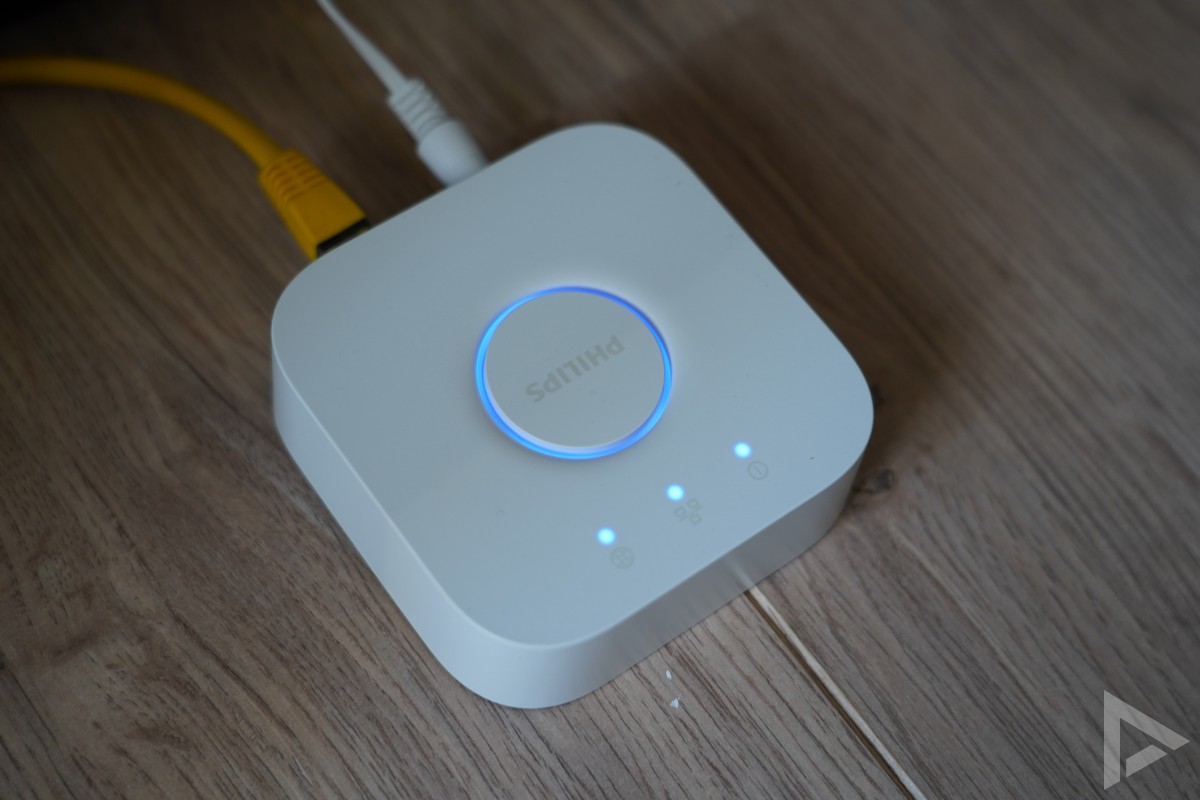
Although it may be enough to just replace the lamps with those from Philips, you can also choose to buy light switches that can handle Philips Hue. There are dimmers, but you can also work with rotary or wall switches. These make it even easier to use scenes that you create in the Philips Hue app, for example, because they are always connected to the power. We have not tested these switches. But know that it is possible to get even more out of your smart lighting.
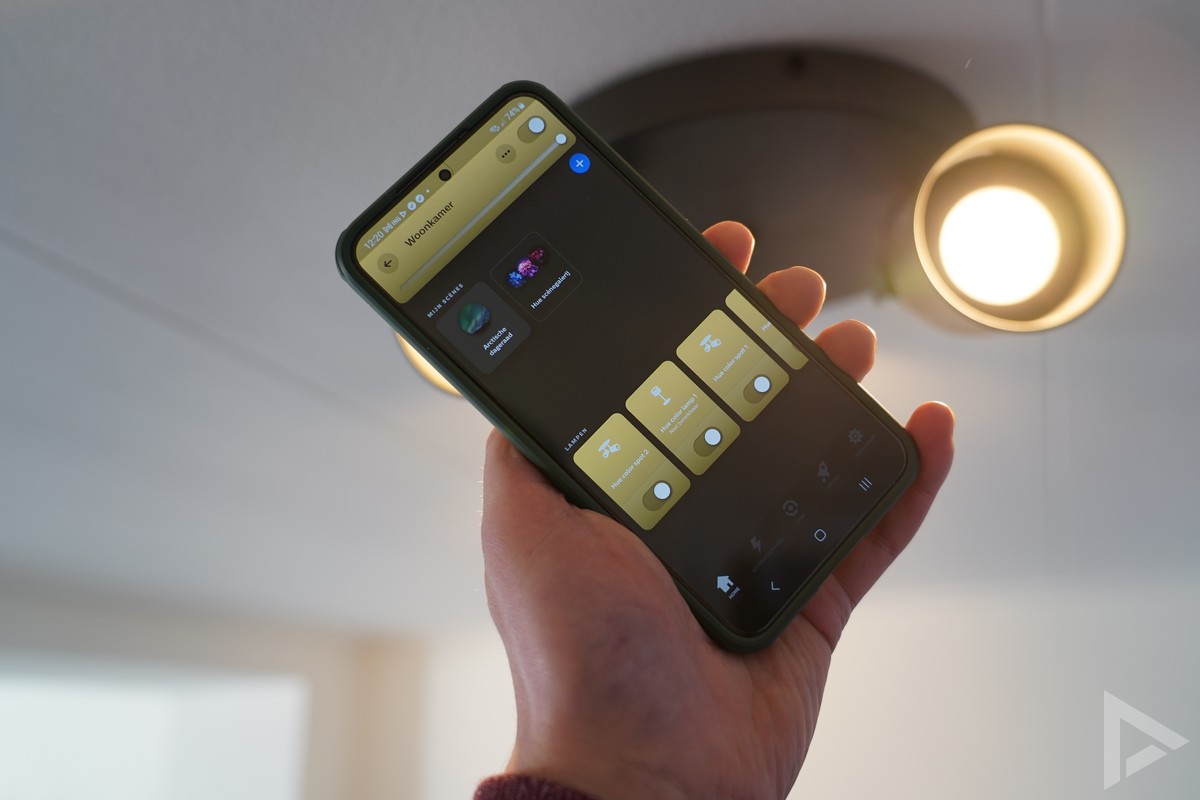
Set up
Then setting up Philips Hue. First of all, you screw the Philips lamps into your equipment. You then open the Philips Hue app, which you ‘take along’ when setting up your lighting. First you connect the Bridge, after which you link lamp by lamp, and if you immediately bought a lot of lighting, it may take some time, but it all happens automatically. In principle, these are automatically recognized and pairing can begin.
Not only can you do that with the Philips Hue app. You can also create rooms, so that you can control the lights for one room at a time. Think of the living room, dining room, bedroom and all other rooms where you have placed the smart lamps. You can also add new lamps at a later time, useful if you want to expand your set.
Philips Hue app
When you use Philips Hue, you cannot do without the Philips Hue app. The application takes care of controlling the lamps and adjusting the style and atmosphere. In the beginning it can be a bit of a search because of the many possibilities, but once you get the hang of it, this is easy to point out. When you start the app, you immediately see which rooms you have. There you can choose to turn everything on or off at once. If you tap on the room, the fun can begin.
In the next screen you will see the different scenes that you can choose. Do you want the northern lights, or do you prefer one of the many other styles. On the basis of the photo you already get an idea of what color the lamps will get. Incidentally, you also have the option to adjust the color per lamp, so that you can cast it in your own style. Especially for the holidays, the Philips Hue lamps can also be colored in a special style. You can also create your own styles so that you can quickly set them up later.
Further hidden in the menu you will see several other options. For example, the lamps can imitate the effect of a candle or fireplace. I secretly regret that the ‘Arctic dawn’ style, which imitates the northern lights, is not moving but static. Another fun option is to create a scene based on a photo’s color palette. The colors that appear in this are then taken over by the lamps. Of course you can then save this scene and quickly use it at a later time. You can also share scenes with others who also use Philips Hue, such as a family member.
The possibilities are endless. You can indicate in the application which color each lamp should have, but also whether one lamp should be brighter than the other. In any case, if you use old-fashioned well-known switches and switch off the lamp, the lamps will not remember the last used color scheme when you switch the lamp on again at a different time. We know from experience that this works with various other smart lighting.
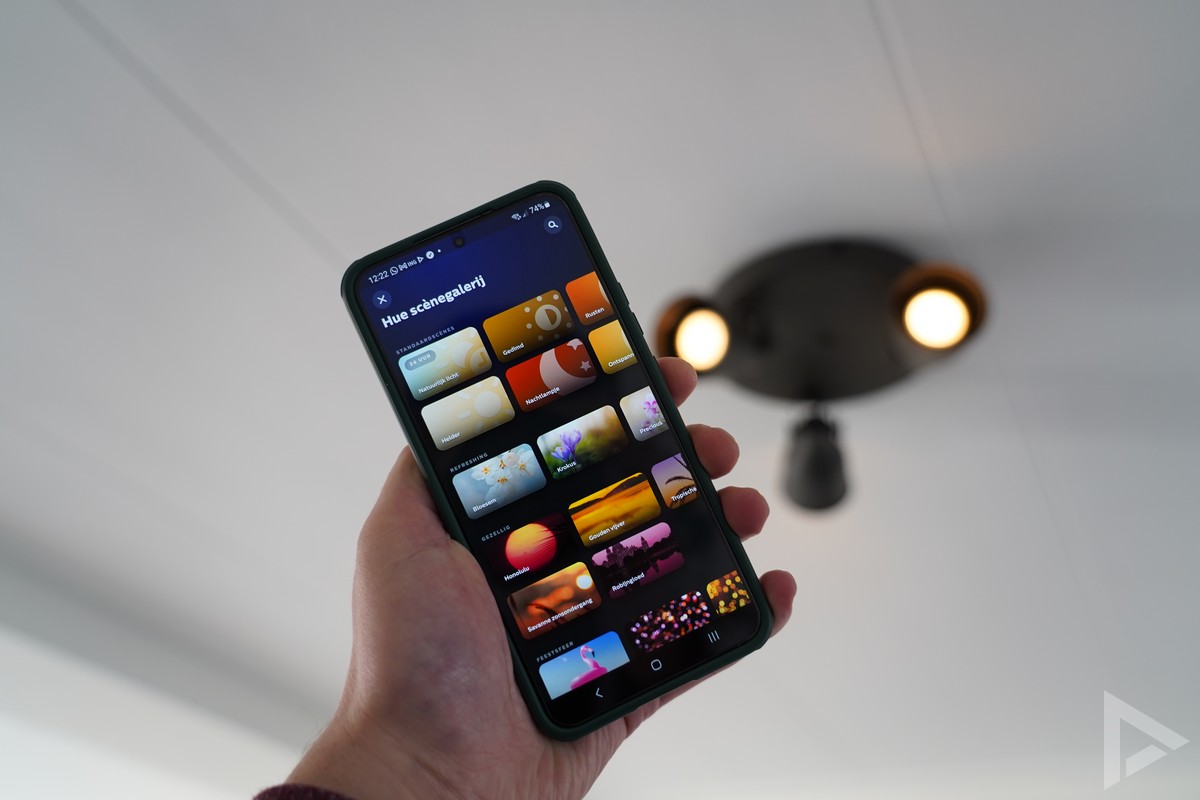
Even more options
Philips Hue offers many more options. You can choose automations in the app. This allows the lighting to be switched on and off at set times. And this goes further than you think. For example, you can set the lights to automatically dim more and more when it’s almost bedtime, but you can also set the lights to turn on automatically when you’re near your home. The app uses your location for this. The lights can also be turned off when you drive away from home. You can also create timers or create your own automation plan.
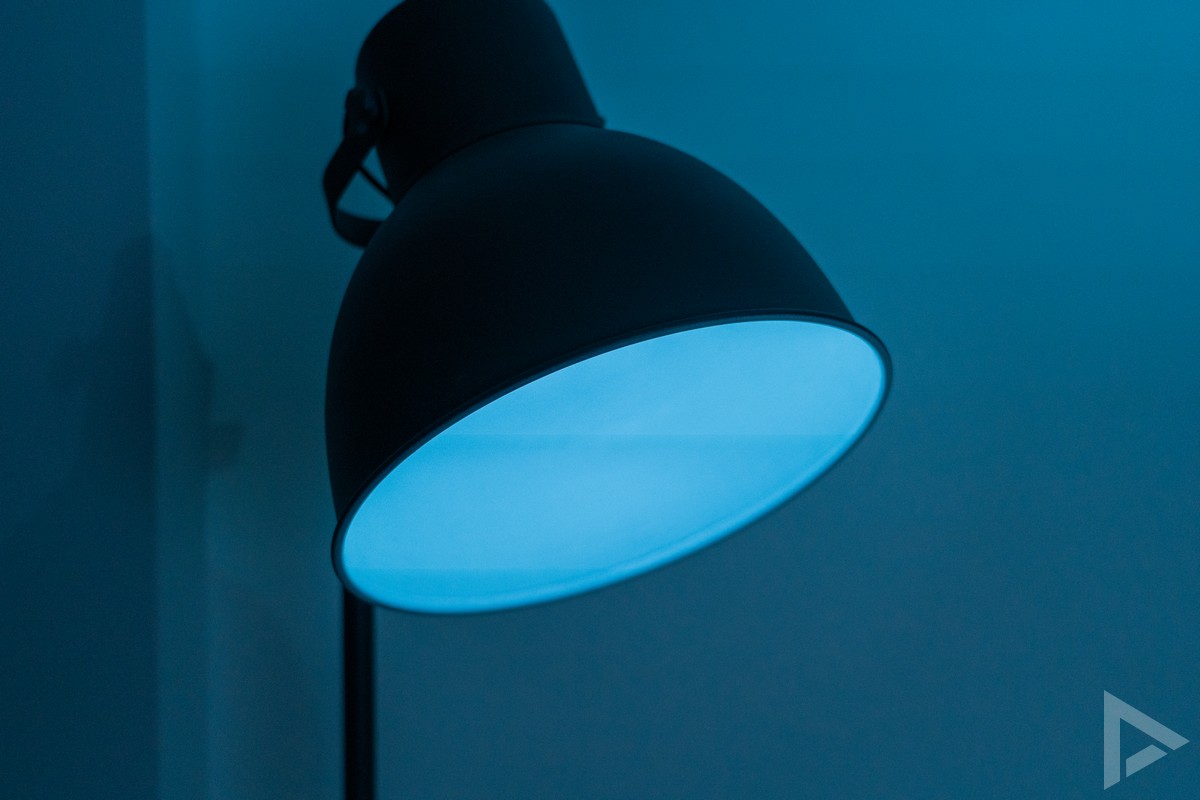
At ‘Synchronize’ you can choose to have lights synchronized with your Spotify account, with the Hue Play HDMI sync box or with a PC or Mac, which can be very cool when gaming, for example. You can also operate the Philips Hue app with a widget on the home screen, or through voice assistants such as the Google Assistant and Amazon Alexa. This means that you can also control the lights via, for example, the Google Nest Hub or another device.
Philips Hue with Ambilight
If you own a Philips television with Ambilight, such as the Philips OLED807 recently reviewed by us, then you really get the most out of the Philips Hue lighting. Although you can still choose other scenes, you can also have the lamps synchronized with the light of the Ambilight. This works surprisingly and surprisingly well. The entire living room can thus be changed to the style of the television picture.
To make this work, you just have to adjust some settings in the television. You can use the settings in the TV to indicate exactly where which lamp is located. For example, one spot is directed backwards and the sofa lamp is on my right. An example; if you see a green door on the right side of the television screen, the sofa lamp will also turn green. It really creates a very cool effect and works very well. If you switch off the television, the Philips Hue lamps automatically switch to ‘normal light’, handy.
Review
We have tested the Philips Hue lighting for several months and we can immediately say; what a wonderful system. Everything works seamlessly and perfectly together. Certainly in combination with a television such as the Philips Ambilight models and recently also Samsung devices via a special app, the colors of the television are taken over by the smart lighting.
There are no major negatives; although the flexibility increases just a bit more with the special light switches. The biggest downside of Philips Hue is the price, because you will have to pay quite a bit if you want your entire house to be smart. A starter package with three times a GU10 spot, a dimmer switch and a Bridge costs approximately 150 euros. If you want three more GU10 spots, you will already spend around 70 euros; which is more than 23 euros per lamp. You can still save money by buying larger packages with more numbers, but it will still be a big drain on your wallet. If you can live with that, then Philips Hue is really a perfect choice.
To buy
As we mentioned in the Philips Hue review, there is a lot to choose from when it comes to Signify’s smart lamps. That is the name of the manufacturer who issues the lamps under the brand name Philips. Not only does the range of starter packs differ per store; you also have different types of lamps. For example, there are White lamps, which are only adjustable in brightness; White Ambiance with which you can adjust the color temperature of the white color and the White & Color lamps, with which you have complete freedom.
You can go to the following stores for Philips Hue;
Phillips Hue
-
Usability – 9.3/10 -
Opportunities – 9.5/10 -
Value for money – 8/10
8.9/10
Review
Pros
- Endless possibilities
- Fully customizable
- Works well with other products such as Ambilight or Google Assistant
Negatives
- High price
- Works even better with separate switches
